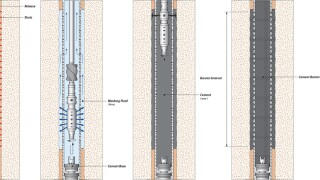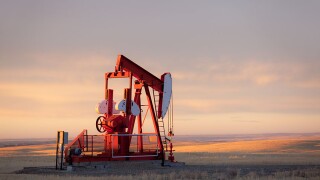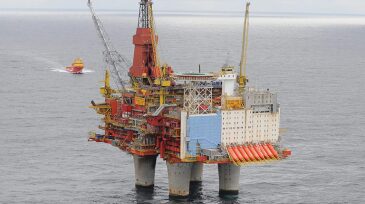Drilling
Oil and gas companies drilled 75 “high-impact” wells in 2024, representing 5.2 billion BOE.
This paper presents a comprehensive literature review of perforate, wash, and cement techniques that compares new methods with traditional ones and uses field cases and computational fluid dynamics to find the most cost- and time-effective practices without sacrificing safety.
The authors of this paper describe a method of stimulating a multizone hydrocarbon-producing well wherein a tool is deployed downhole by wireline to generate acid vapor at a target depth, allowing each interval to be treated uniquely.
-
After the 2010 subsea blowout of the Macondo well that resulted in 11 deaths and the worst oil spill in US history, early kick detection technology found itself at the top of the wish list for regulators and offshore companies seeking to avoid similar accidents.
-
In June, Mexico’s national oil company Pemex announced its largest discoveries of oil and gas in 5 years. Located in the shallow-water basin of the Gulf of Mexico offshore Tabasco and Campeche, the four new fields are estimated to hold 350 million bbl of oil.
-
The mixed-salinity environment poses a significant challenge in petrophysics.
-
Recent experience with a newly introduced sampling-while-drilling service has shown that it is possible to make reliable downhole formation-fluid-property estimates during sampling-while-drilling operations.
-
Researchers at the University of Texas at Austin (UT) have set an audacious goal to halve the time, cost, and number of rig personnel required for drilling every type of well, from unconventional shale to ultradeepwater.
-
Technology developers are working on a new ultrasonic flowmeter for drilling fluids aimed at obtaining better measurements than current systems with far fewer disruptions to rig systems.
-
There is a lot of information buried in drilling reports written every day, but little of it appears in computer databases.
-
For the past several years, automated drilling has promised to deliver major improvements in drilling performance. But the technology is facing new obstacles that might affect its progress and commercialization.
-
Our industry’s demonstrated ability to innovate and continually improve well-construction technology will be all the more valuable to all plays if low oil prices persist, but especially so for shale and other high-cost-per-barrel plays.
-
This study examines the effects of drilling, completion, and production operations and their associated cyclic stresses on a cement sheath.













